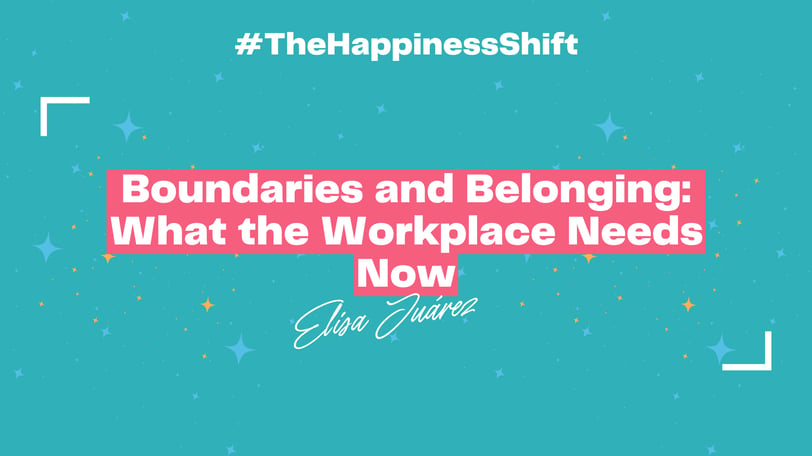Boundaries and Belonging: What the Workplace Needs Now
Discover what the rise of workplace boundaries means for belonging, culture, and leadership—and how to create connection in a post-DEI era.
Elisa Juarez
6/12/20251 min read


Over the last several years, workplace culture has rapidly shifted—especially in the U.S. We’ve embraced boundaries, questioned hustle culture, prioritized mental health, and called for more equity and inclusion.
But beneath those efforts, something more complex is happening.
This post marks a reflection point—an exploration of what happens when we prioritize boundaries, but forget to nurture belonging.
A Quick Recap: The Boundaries Series So Far
Here’s what we’ve covered in this evolving series:
The Overcorrection: How boundary culture can erode trust
Not My Job, Not My Problem: Transactional team dynamics
The Disappearing Manager: How leaders pull back out of fear
Lonely but Safe: When emotional distance replaces connection
Permission to Care: The quiet disappearance of DEI and the need for compassion
Each post revealed a pattern: boundaries alone can’t hold a culture together.
Where the Conversation Is Headed
This isn’t about reversing course. It’s about evolving further.
Upcoming topics I’ll explore include:
How DEI efforts can be reimagined without performative checkboxes
What belonging means post-2020, especially for historically excluded identities
How younger generations are redefining care, connection, and community at work
Final Word: We Need a New Equation
Boundaries + Autonomy = Protection
But
Boundaries + Compassion = Culture
If we want workplaces that last—emotionally, ethically, strategically—we need to rebuild trust and connection.
Not through platitudes. Through presence.
👇 Add your reflections in the comments or subscribe to The Happiness Shift newsletter to follow along as the next chapter unfolds.
Address
Miami, FL
